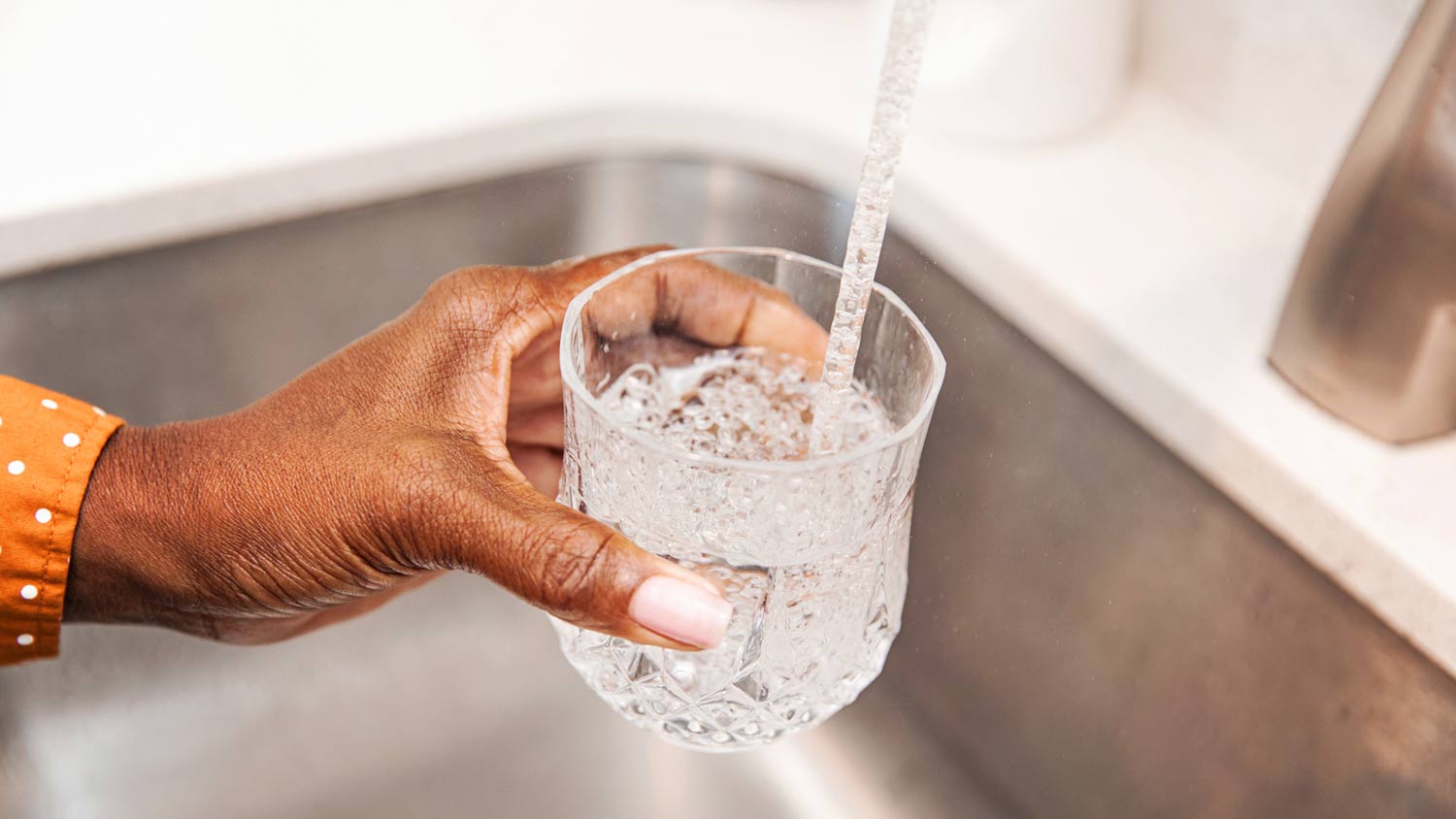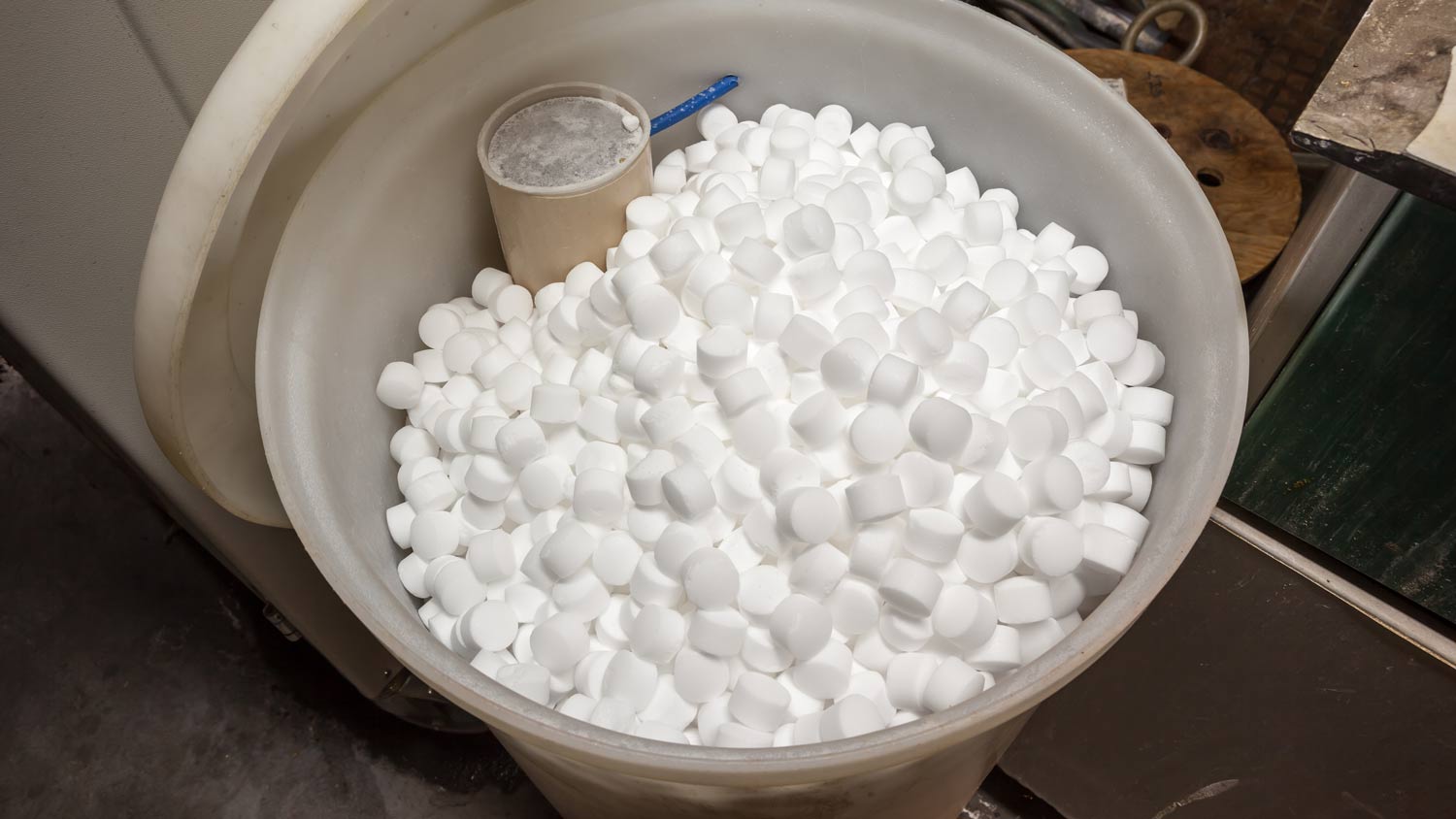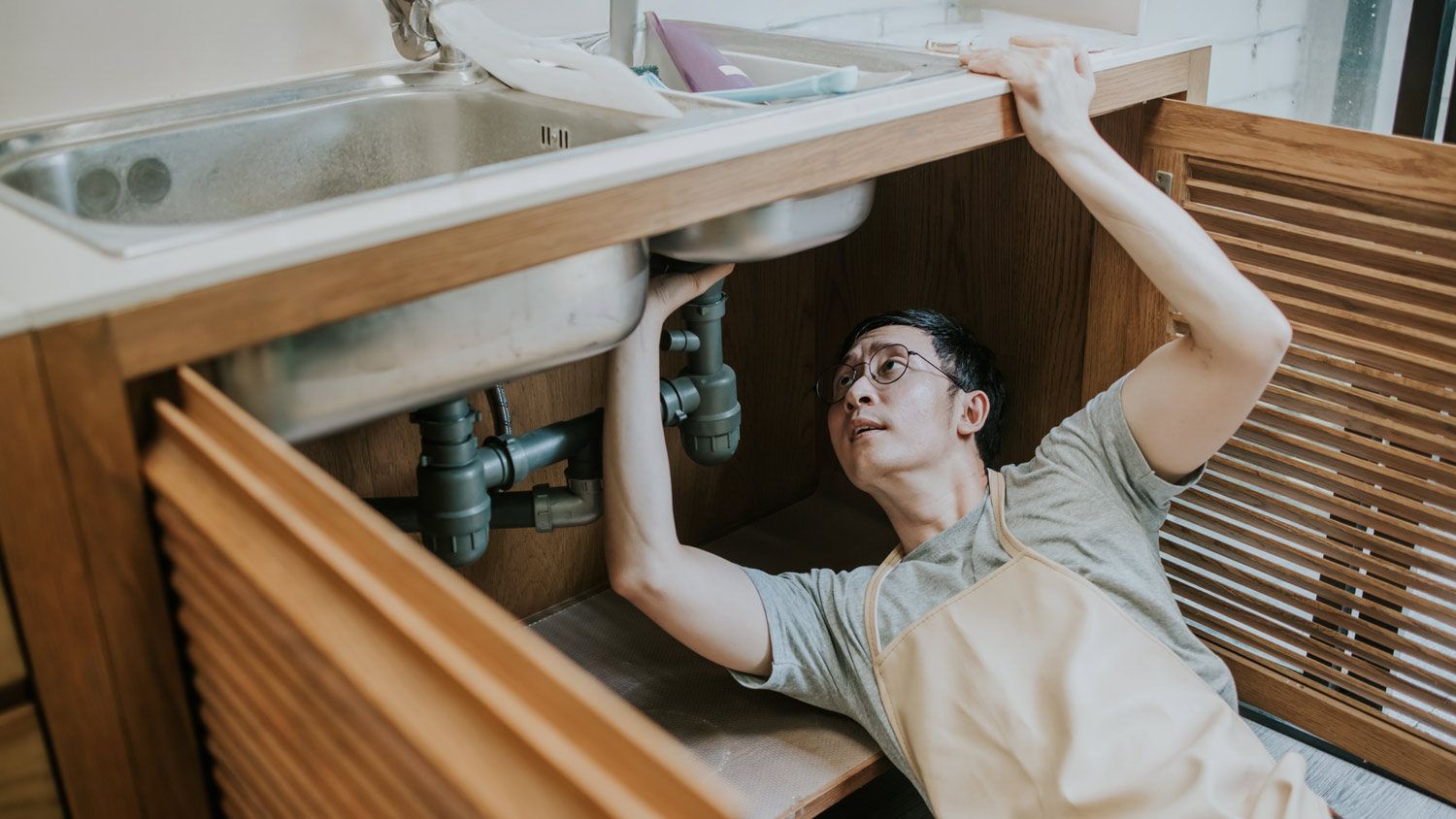
Discover how much well water treatment systems cost, including installation, maintenance, and tips to save. Get expert insights to plan your water system project.
The harder the water, the faster the water softener will fail


Banishing hard water with the help of a water softener can come with many benefits, including softer skin and less calcium buildup in your faucets. But your trusty ol’ water softener won’t last forever, so it’s helpful to question how long water softeners last and whether it’s time to replace yours. Whether you’ve just installed a new water softener or you’re debating whether to replace one of an unknown age, here’s what to expect when it comes to the life span of a water softener (and what affects it—for better or worse).
Water softeners last an average of 10 to 25 years, but the life span can vary based on the type of water softener, its capacity, the water demand of your household, and maintenance. The average water softener lasts 15 years, after which time it’s wise to start budgeting for a replacement.
If you move into a home with an older water softener and aren’t sure of its exact age, you may have to pay close attention for signs that the unit is wearing out. You can also hire a local water softener company to help you better estimate the age of the water softener and recommend any repairs or a replacement.
While the average water softener will last 15 years, this number isn’t set in stone. Water softeners that experience excessively high demand or receive no maintenance may only make it to 10 years, if that. If you choose the right type and size for your household needs and are diligent about upkeep, your water softener may just make it to 25.
Different types of water softeners can have different life spans. For instance, a salt-free water softener lasts 10 years on average, while an ion-exchange water softener lasts 15 years on average. Of course, other factors like maintenance and usage will make a difference in the longevity of each type of water softener.
If you don’t know how to remove a water softener or install a new one, it’s important to leave the job to skilled pros. Installing a water softener improperly can put more strain on the system, causing it to wear down faster.
How often your household uses water and how much water you use can all impact whether your water softener barely passes the 10-year mark or ages like fine wine to 25 years.
To help extend the life span of your water softener, choose the right capacity (how much hard water the system can soften). When trying to figure out what size water softener to get, consider the following equation:
Number of people in your home X 90 gallons of water (average daily usage for one person) X GPG (water hardness) X 7 (days in a week) = Grain Capacity (GR)
You can figure out your water supply’s GPG by purchasing an at-home hard water test or calling a company that specializes in water testing. A home with three or four people can often safely buy a 32,000 GR softener, but consult with a pro for more advice on what size will work best for your household.
Water softeners are designed to remove minerals, like calcium and magnesium, from water. A water softener will need to run and regenerate more often in homes with harder water to soften the water and replenish the mineral-removing ions on the resin inside the unit. This leads to more wear and tear, ultimately decreasing the life span of the water softener.
Like with any appliance, maintenance is key to a long-lived water softener. Replacing filters, maintaining an optimal salt level in the brine tank, and making repairs as soon as possible can all extend the life span of a water softener. On the flip side, skipping important maintenance tasks means that your system will run less efficiently, which puts more strain on it, causing it to wear out faster.

Maybe you’ve moved into a home with an existing water softener, or maybe you just can’t remember when your current water softener was installed. If you’re not sure of the unit’s age, there are some signs that will tell you when it’s time for a replacement, including:
Sandy particles in your water
Changes in water pressure
Hearing your water softener running continuously
Difficulty lathering soap or shampoo
Clothing that’s suddenly stiff or dull after being washed
Crusty, scaly buildup on household water fixtures
More "soap scum" in your bath or shower
Changes in the taste of your water
More spots and streaks on your glassware and dishes
There are many maintenance tasks to add to your chore list if you want to get the most out of your water softener. These tasks are well worth the effort because they can save you time, money, and potential frustration in the long run.
Your water softener includes a control panel that allows you to set preferences for the regeneration cycles, hardness, and the amount of salt. Make sure to program your water softener settings based on the user manual recommendations and your household’s needs. Consult with a pro if you’re not sure which settings will work best for you.
Some water softeners have filters to remove sediment, microorganisms, and other debris and particles from the water before it goes to your faucets. Make sure to follow the manufacturer’s instructions for how often to change the water filters.
The brine tank sends salty water to the resin tank to replenish the ions on the resin beads and flush away the minerals removed from hard water. From time to time, you’ll need to add more salt to the brine tank to keep this process flowing. Check the brine tank once a month.
If you notice that the tank is less than 1/3 full with salt, add more of the salt recommended for your model to the tank. You will need to add more salt every six to eight weeks on average.
Salt bridges commonly form in the brine tank, but you’ll want to break them up to prevent clogs that can wear out the water softener. If you notice a salt bridge, or salt clumps, in the brine tank, use the end of a broom to gently break them apart—just don’t press too hard.
A water softener has two tanks: a resin tank and a brine tank. The system will work more efficiently if you keep the tanks clean. Otherwise, they can easily become caked with mineral buildup, salt, and other debris. Plan to clean the water softener every six to 12 months, depending on usage.
The resin bed is filled with resin beads that hold salt ions, which exchange with the minerals in water to soften the water. While the brine tank helps replenish the salt ions during regeneration cycles, you should also plan to flush the resin bed once per year to extend the life span of the water softener.

Your water softener can give you several different signs that something is wrong, and that doesn’t always mean it’s time to replace the entire system. Sometimes, it can be as simple as double-checking that the settings are where you want them to be or changing a filter.
If your water softener isn’t performing as expected, try a few basic troubleshooting tips. Keep in mind that, when you’re troubleshooting, you should never unplug the water softener during a regeneration, or draining, cycle.
Check the control panel to ensure it’s on your preferred settings.
Make sure there hasn’t been a power disruption at the circuit breaker.
Inspect the bypass valve. For water to pass through the water softener, the bypass valve needs to be in the “service” position.
Check for a salt bridge in the brine tank. If there is one, break it up with gentle pressure using a broom handle.
If your system uses softener resin, be sure to check if the resin needs to be replaced.
If you have filters, like a pre-sediment filter, check them every few months and change them as needed.
Add more salt to the brine tank if it gets too low.
Check for clogs and leaks in the water softener.
Water softeners often include a six- to 12-month limited warranty, which should cover any defective parts of the water softener. However, some water softeners offer lifetime warranties, and you may be able to purchase an extended or lifetime warranty for an additional charge on top of the cost of the water softener. This extra fee can give you priceless peace of mind and may save you money if a part is defective down the road.
When considering whether to repair or replace a water softener, strongly factor in the unit’s age. If your unit is 10 to 15 years old, it may be more cost-effective to replace it rather than make repairs only to have to make them again on an aging unit soon after. Additionally, if your unit has continuous issues because it’s too small for your household, it may be a smart choice to go ahead and replace it with a model that better meets your needs.
Scott Dylan Westerlund contributed to this piece.
From average costs to expert advice, get all the answers you need to get your job done.

Discover how much well water treatment systems cost, including installation, maintenance, and tips to save. Get expert insights to plan your water system project.

Water softener repair costs can add up, but they’re almost always worthwhile. Use this guide to see what your project is going to cost before you get started.

Your cost to install an under-sink water filter will depend on the type and size of system you choose and whether you need professional installation.

Discover the key differences between a water filter versus water purifier. Find out which option is best for your household's water needs.

How does a reverse osmosis water filter work? Water passes through a semipermeable membrane to remove common contaminants, leaving clean, fresh water.

Considering reverse osmosis versus carbon water filtration for your home? Carbon filters can remove some impurities, but RO removes a lot more.